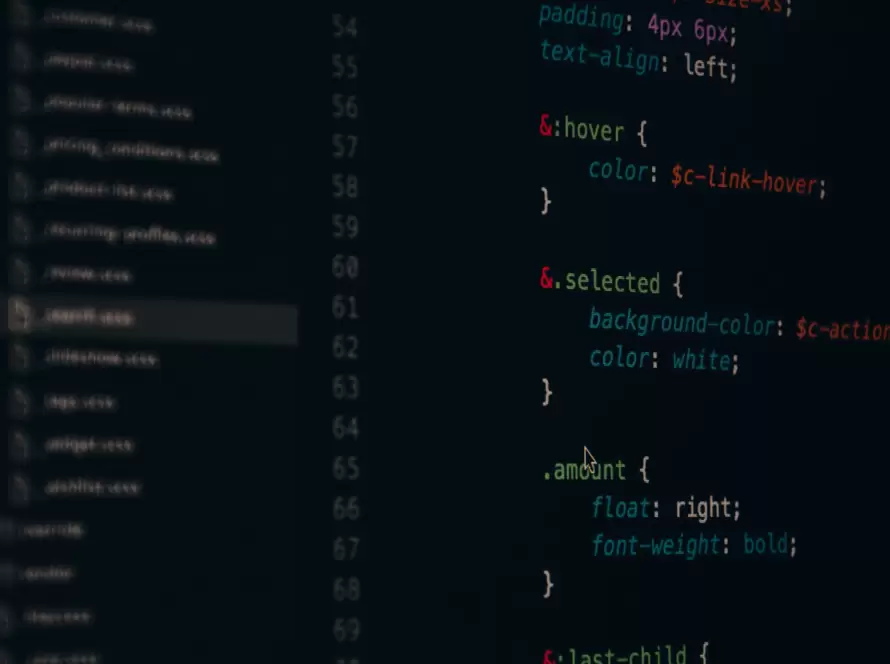Generated by Contentify AI

Key Takeaways
- CSS specificity determines which CSS rule is applied to an element when multiple rules target the same element
- Inline styles have the highest specificity, followed by IDs, classes, and elements
- Specificity is calculated based on the selectors used in the CSS rules
In the world of web development, understanding CSS specificity is crucial for creating elegant and efficient stylesheets. CSS specificity determines which styles are applied to an HTML element when multiple conflicting styles exist. By grasping this concept, developers can avoid common pitfalls and ensure that the desired styles are accurately rendered on their web pages.
CSS specificity is calculated based on the combination of selectors used to target an element. Inline styles have the highest specificity, followed by IDs, classes, and elements. It is important to prioritize using classes and elements over IDs and inline styles to maintain better control and organization of styles in a stylesheet. By following this hierarchy, developers can achieve a structured and maintainable codebase that is easier to troubleshoot and update.
Furthermore, understanding CSS specificity goes hand in hand with writing cleaner and more efficient code. By avoiding relying on high-specificity selectors, such as nested selectors or !important declarations, developers can prevent style conflicts and make their stylesheets more predictable and manageable. Embracing best practices in CSS specificity not only leads to a more professional and polished appearance of the website but also streamlines the development process and enhances collaboration among team members. In conclusion, a solid understanding of CSS specificity is a fundamental skill for any web developer looking to create optimized and visually appealing websites.


